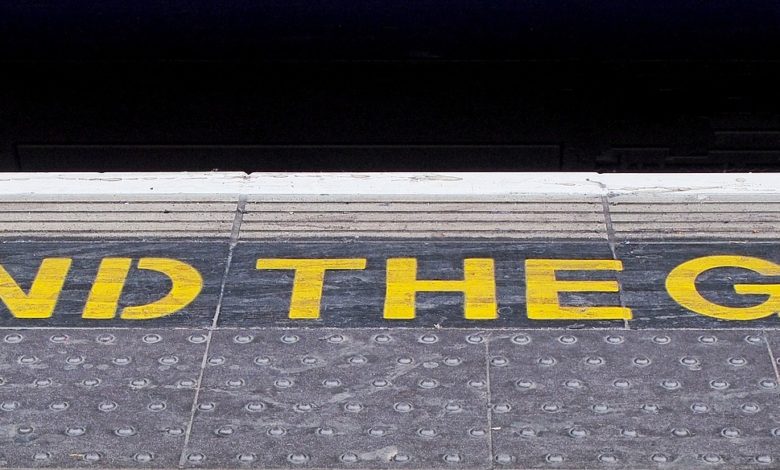Digital Divide Grows amid Covid-19 Shift to Online Learning

Amidst the flurry of social media updates about the COVID-19 pandemic, a chart illustrating the importance of flattening the curve has gone viral. The idea is that taking measures to slow the spread of COVID-19 lowers the chances of overwhelming hospitals and increases the chances that all of those who become ill will have access to treatment. The logic behind flattening the COVID-19 curve is intuitive – don’t panic, but be careful.
Unsurprisingly, the internet is playing a critical role in getting the word out to be careful and to help flatten the COVID-19 curve. Websites that present government data are giving people a sense of where cases are concentrated, and numerous other websites list numbers to call, symptoms to check for and tips for prevention. Increasingly universities are shifting courses online, businesses are asking employees to work from home and shoppers are ordering groceries online to minimize time in crowded spaces.
While the internet is an important resource in efforts to stay informed and proceed with daily lives during the COVID-19 pandemic, these online approaches to reducing risk are not available to everyone in the same way. As the Federal Communications Commission reports, more than 24 million Americans have no access to broadband internet, while the Pew Charitable Trusts projects 163 million Americans lack access to reliable broadband internet connections.
Read the full story from The Conversation.
Picture by Aitoff (Pixabay)




